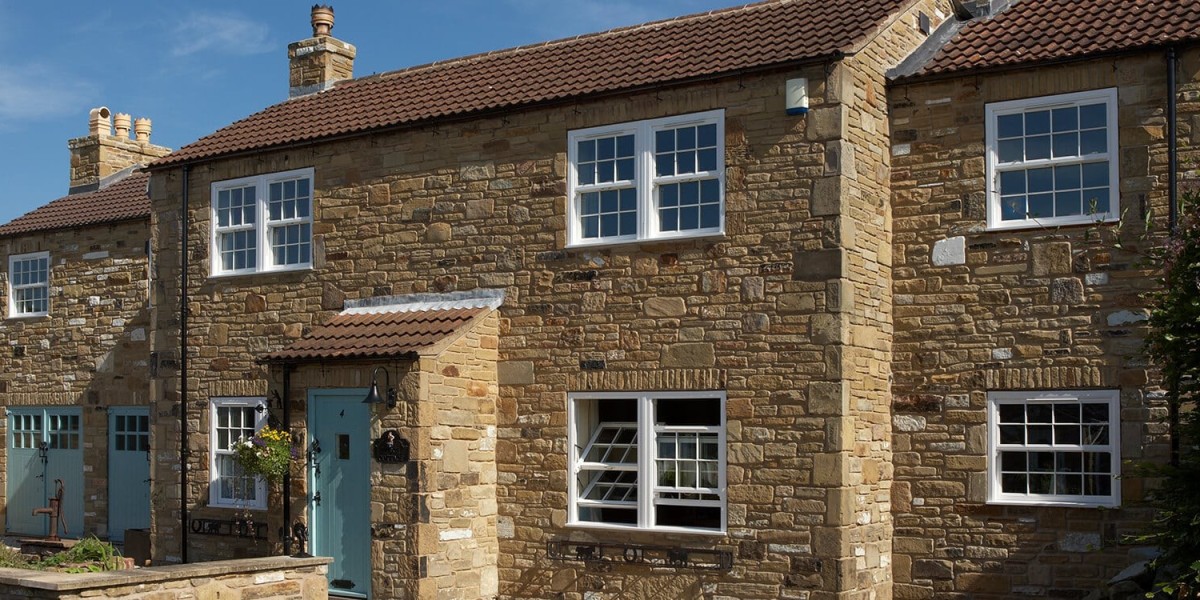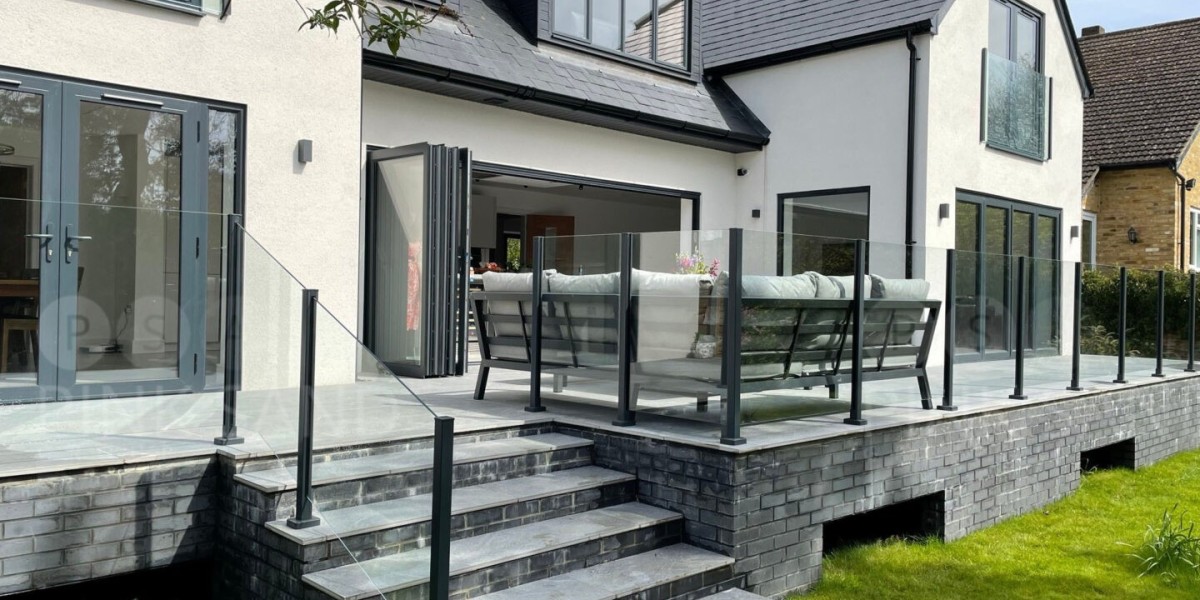In the world of fitness, building core strength isn’t just about getting six-pack abs. It’s about developing the muscles that stabilize your spine, support your movements, and maintain balance throughout daily activities. Core strength impacts everything from posture to injury prevention, and one of the most effective and low-impact ways to strengthen your core is through Pilates.
Contemporary Pilates instruction expands beyond the classic mat and involves the use of creative tools that enhance your workout. Two of the strongest and supporting tools are the Pilates Board and Pilates Machine. Used in combination, they offer a dynamic and effective means to build deep core strength, enhance balance, and establish a well-aligned, flexible body.
Why Core Strength Matters
Before diving into the equipment, it’s important to understand what the core really is. The core isn’t just your abdominals it includes a network of muscles around your pelvis, lower back, hips, and stomach. These muscles work together to stabilize the spine and provide a solid foundation for all movements.
Well-developed core muscles decrease the likelihood of injury, ensure good posture, and enhance sports and everyday performance. Whether you're reaching to pick up groceries, climbing stairs, or working at a desk for hours on end, your core is engaged. That's why focused, functional exercise such as Pilates is so successful.
The Pilates Board: Balance and Engagement
The Pilates Board is a simple yet powerful piece of equipment. Often flat and lightweight, it’s designed to challenge your stability, coordination, and control. The main advantage of using the board is that it requires your body to constantly engage the core to maintain balance during movements.
Exercises on the Pilates Board tend to be bodyweight exercises — namely squats, planks, or lunges — but with the extra bonus of instability. That instability makes your core have to work harder to stabilize you. With repetition, this conditions the deep abdominal muscles (such as the transverse abdominis and obliques) functionally, enhancing strength, balance, and alignment.
A further advantage of the board is convenience. It's portable, affordable, and ideal for use at home. It does not need electricity or complex assembly, and it accommodates brief yet effective sessions that can be seamlessly incorporated into your schedule.
The Pilates Machine: Resistance and Precision
Also referred to as the Reformer, the Pilates Machine is a more sophisticated equipment that comes with springs, pulleys, straps, and a moving carriage. What distinguishes the machine is that it can deliver controlled resistance to all the movements. This resistance develops not only shallow muscle strength but also deep, functional power of the core.
Pilates Machine exercises tend to consist of lying, kneeling, or standing on the carriage while doing moves with the resistance provided by the springs. Every move puts a test to your core stability, particularly when you have the upper and lower body moving in opposite directions or when you must sustain spinal alignment under load.
The machine also offers assist when necessary. Newbies, elderly, and post-injury individuals take advantage of its assistance with direction and movement, yet still work the core. Experienced individuals can enhance resistance and sophistication to test their muscles in more innovative methods.
Using the Pilates Board and Pilates Machine Together for Ultimate Core Strength
Though Pilates Board and Pilates Machine are effective on their own, together they can produce faster improvement in core strength and control. This is how it happens:
Phase 1 – Engage with the Board: Begin your workout on the Pilates Board with balance-based exercises to wake up your core. This could be standing leg lifts, one-leg squats, or planks. These moves engage your stabilizing muscles and mentally ready you for more intense work.
Phase 2 – Stable with the Machine: Step over to the Pilates Machine and engage in tension-based exercises such as leg circles, plank-to-pike transitions, or bridging with straps. The tension applied pushes your core to stabilize the full body as it travels through measured resistance.
Phase 3 – Integrate and Cool Down: Go back to the Pilates Board to conclude with thoughtful balance exercises or subtle stretching. This facilitates your body to integrate the core activation and promotes postural alignment.
This approach enables you to train your core from various angles, utilizing various modalities of balance and resistance. It engages both deep stabilizing muscles and larger movers, providing you with an entire and well-rounded core workout.
Key Advantages of the Combination of Pilates Board and Pilates Machine
Deep Core Activation:
The instability of the board induces continuous engagement of the core, and the machine offers specific resistance that tightens deep abdominal and spinal muscles.
Enhanced Balance and Coordination:
While you alternate between equipment, your body becomes accustomed to stabilizing under varied pressure and motion. This reinforces balance and neuromuscular coordination.
Support of the Spine and Postural Control:
Both devices encourage spinal alignment and awareness of posture, which minimizes backache and maximizes everyday movement.
Low-Impact Strength Training:
Pilates is joint-friendly yet still packs a strong workout punch. It is thus suitable for all ages and physical abilities.
More Workout Variety:
By switching from the Pilates Board to the Pilates Machine, you prevent boredom with workouts, minimize the risk of plateaus, and keep your muscles guessing.
Final Thoughts: Strong from the Inside Out
In this busy world, having a strong core is more vital than ever before. It's not only about appearance it's about being able to move better, feel better, and live more energetically and stably. The Pilates Machine and Pilates Board present two different yet complementary routes to achieving it.
The board allows you to challenge your body with balance and coordination, whereas the machine supplies resistance and support in order to hone strength. Combined, they produce a dynamic synergy that conditions your core in the most efficient and sustainable manner.
No matter whether you're exercising in the home, the studio, or rehabilitating after an injury, these two Pilates equipment will assist you in developing lasting core strength — from the inside out.



